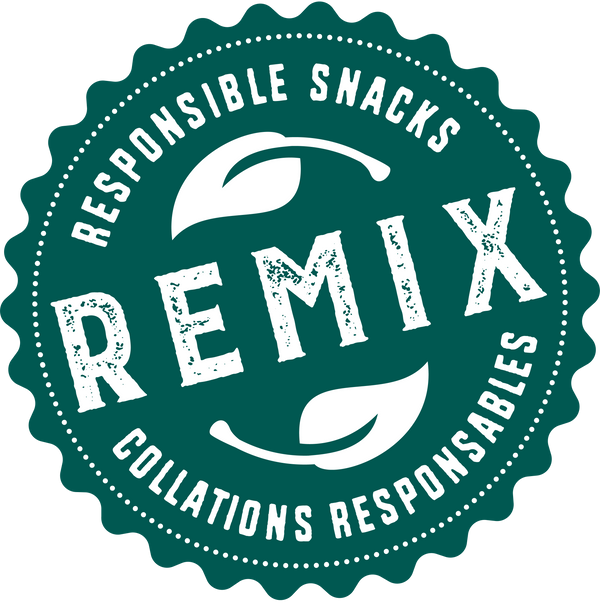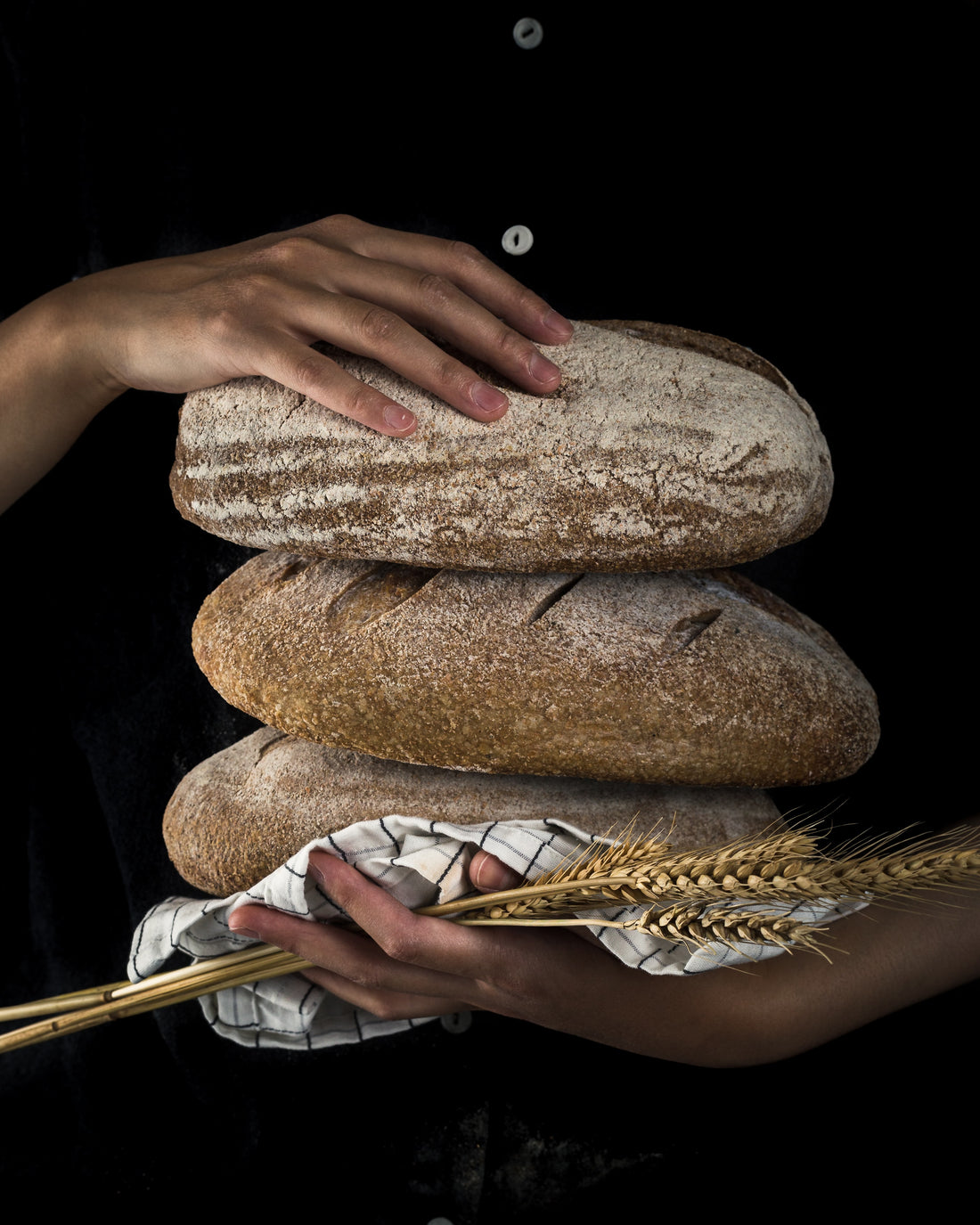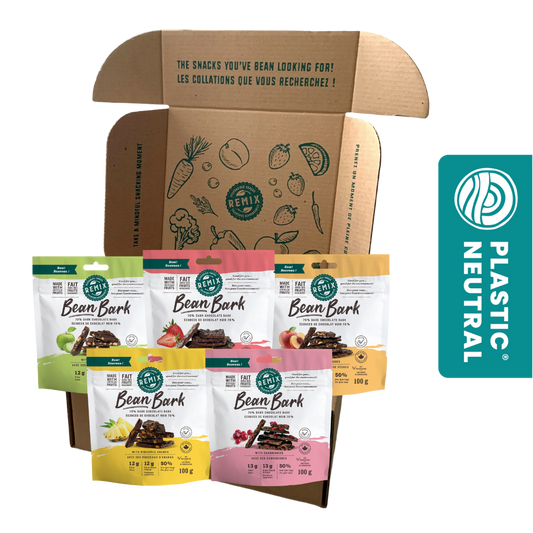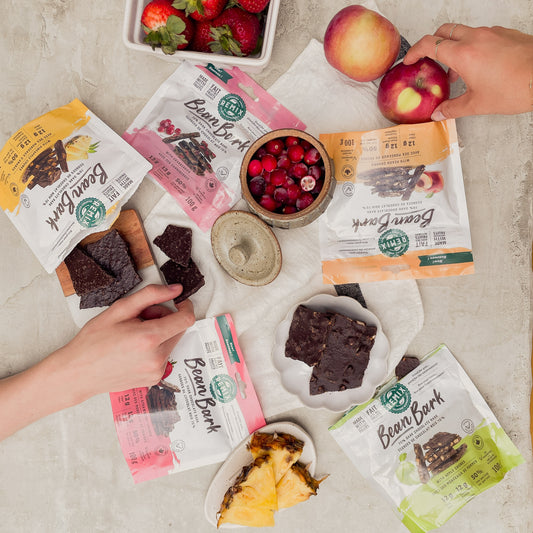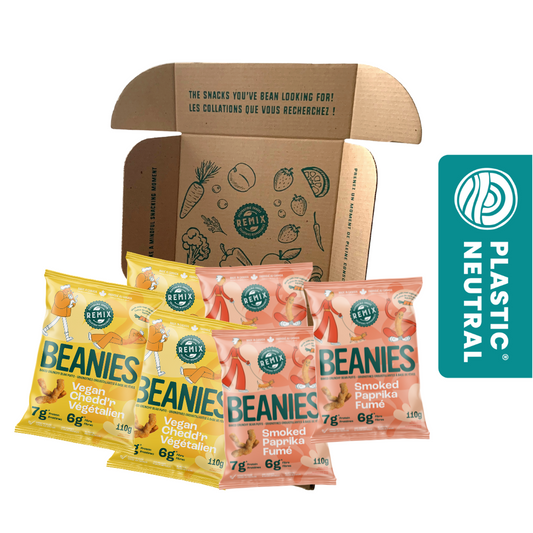Written by: Yangyue Zhang, February 2023
Have you come across the label "gluten-free" on food products or restaurant menus? But what exactly is gluten and why are more and more individuals adopting a gluten-free diet? While some people switch to a gluten-free lifestyle due to medical conditions or perceived health benefits, the question remains: is it necessary for everyone? This blog will delve into the nature of gluten, and its impact on the body, and help you make an informed decision on whether a gluten-free diet is right for you. Brace yourself for a fact-based evaluation that separates truth from myth.
What is gluten and where can we find it?
Gluten refers to the protein that is stored in wheat, barley and rye. The most common forms of gluten are gliadin and glutenin, which are found in wheat (Biesiekierski, 2017). The function of gluten is to act like a “glue”, to stick the food together while allowing them to extend longer (Biesiekierski, 2017). Here is a list of foods that contain gluten:- Paste
- Noodles
- Crackers
- Croutons
- Bread
- Beer and malt beverage
- Pancakes
- Waffles
Why do some people follow a gluten-free diet?
Just like how some people are lactose intolerant, some people can also be intolerant to gluten. However, gluten intolerance is an umbrella concept that could be further specified into three subgroups:celiac disease (CD), wheat allergy (WA) and non-celiac gluten sensitivity (NCGS) (Balakireva & Zamyatnin, 2016).
Celiac disease is an autoimmune disease with a global prevalence of 1%. People with this condition have an immune response to gluten, causing their own immune system to attack their small intestine when they consume gluten (Balakireva & Zamyatnin, 2016). Currently, adhering to a strict gluten-free diet is the sole approach to treating CD (Balakireva & Zamyatnin, 2016).
As for WA (wheat allergy), it can often be confused with CD. However, this is an allergic reaction that produces antibodies to wheat protein. The allergens that trigger this condition can include, but are not limited to, gluten. Meanwhile, besides gluten-free diet there are various treatment options available like antihistamine to relieve the allergenic symptoms and epinephrine to treat allergy-caused anaphylaxis (Balakireva & Zamyatnin, 2016).
In terms of NCGS (non-celiac gluten sensitivity), it is a condition where people experience symptoms after consuming gluten, but CD and WA have been ruled out (Barbaro et al., 2018). Like CD, the only effective treatment for NCGS is practicing a strict gluten-free diet (Balakireva & Zamyatnin, 2016).
Should I go gluten-free?
A common belief about a gluten-free diet is that it would improve general well-being and may promote weight loss, however, is it true though? Due to the replacement of gluten-containing ingredients, gluten-free products usually require a higher level of processing that leads to an increased content of sugar, fat and sodium (El Khoury et al., 2018).
Meanwhile, it is common to see that gluten-free products do not have the fortification or enrichment like their gluten-containing equivalents(El Khoury et al., 2018). Therefore, people who strictly follow this are associated with a higher risk of nutritional inadequacies (El Khoury et al., 2018). Furthermore, there is insufficient evidence to support that a gluten-free diet could help with weight management among the general population (El Khoury et al., 2018). Therefore, it is unnecessary and not recommended to adopt a gluten-free diet if you do not have CD or NCGS.
If you have to follow a gluten-free diet, which Remix product can you choose?
Beanies is a bean puff snack that is made of sorghum flour and mung bean flour, and it is produced in a gluten-free factory. Therefore, if you are looking for gluten-free snacks, Beanies is definitely one of the options, and can be enjoyed by people with any food sensitivities.
Here are some tips help people select gluten-free products:
- Check for the "Gluten-Free" label. If it's not present, examine the ingredients list for wheat, barley, rye, oats, etc.
- When purchasing meat or alternative products, be cautious of modified food starch, dextrin, and starch.
- Examine the "contain" and "may contain" lists to determine if the product contains gluten.
- Reach out to the manufacturer to confirm that the product has not been contaminated with gluten.
- If there is still any doubt, avoid purchasing the product
References
Balakireva, A. V., & Zamyatnin, A. A. (2016). Properties of Gluten Intolerance: Gluten Structure, Evolution, Pathogenicity and Detoxification Capabilities. Nutrients, 8(10), 644. https://doi.org/10.3390/nu8100644
Barbaro, M. R., Cremon, C., Stanghellini, V., & Barbara, G. (2018). Recent advances in understanding non-celiac gluten sensitivity. F1000Research, 7, F1000 Faculty Rev-1631. https://doi.org/10.12688/f1000research.15849.1
Biesiekierski J. R. (2017). What is gluten?. Journal of gastroenterology and hepatology, 32 Suppl 1, 78–81. https://doi.org/10.1111/jgh.13703
El Khoury, D., Balfour-Ducharme, S., & Joye, I. J. (2018). A Review on the Gluten-Free Diet: Technological and Nutritional Challenges. Nutrients, 10(10), 1410. https://doi.org/10.3390/nu10101410
